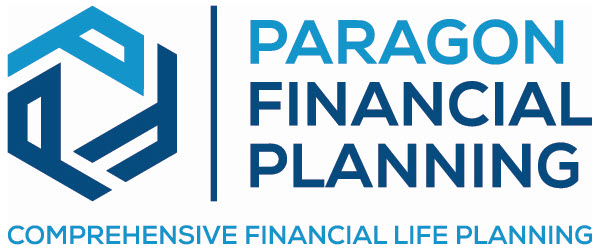Financial Planning Process
To develop a solid financial plan, it's important to examine your current situation, set financial goals, and measure your progress. From start to finish, a CFP® professional is required to take you through the financial planning process to help you achieve your financial goals.
1. Establish A Relationship With A CFP® Professional. Your financial planner is required to explain his or her financial planning services and define each of your responsibilities. Along with compensation, you'll discuss how long the professional relationship can last and how to make decisions.
2. Gather Your Data And Develop Your Financial Goals. You should gather any necessary documents and talk to your planner about your current financial situation. Together, you can define your personal and financial goals, including timeframes. You may also want to discuss your comfort level when it comes to taking financial risks.
3. Analyze And Evaluate Your Financial Status. Your CFP® professional will consider all aspects of your situation to determine what you need to do to meet your goals. Depending on what services you've asked for, your planner may analyze your assets, liabilities and cash flow, current insurance coverage, investments or tax strategies.
4. Review Your CFP® Professional's Recommendations. Your CFP® professional will go over his or her financial recommendations, explaining the rationale so you can make informed decisions. At this stage, share any concerns with your planner so any recommendations can be revised if necessary.
5. Set Your Course. You and your CFP® professional need to agree on how the recommendations will be carried out. Your planner may carry out the recommendations or serve as your coach, coordinating the process with you and other professionals, like attorneys or stockbrokers.
6. Benchmark Your Progress Against The Financial Goals You Established. As you work toward your goals, you and your CFP® professional need to decide who monitors your progress so you stay on track. If the planner is in charge, he or she will check in from time to time, reviewing your situation and making any necessary adjustments to his or her recommendations.
